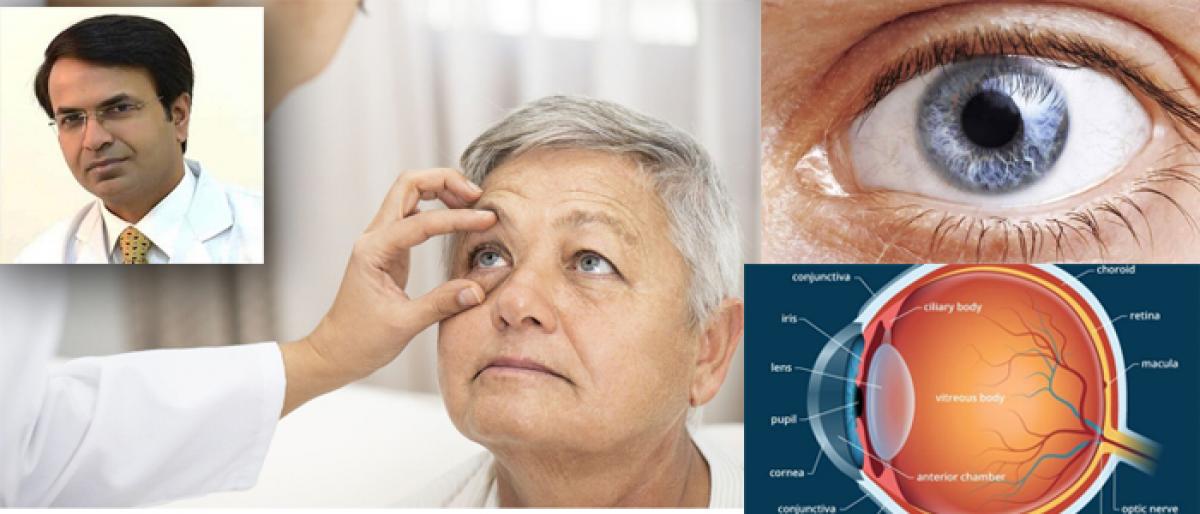All you need to know about ‘Ocular Oncology’

Eyes can also develop tumors just like other parts of the body In general terms, we describe it as eye cancer
What is ocular oncology?
Eyes can also develop tumors just like other parts of the body. In general terms, we describe it as eye cancer.
When the healthy cells in or around the eye mutate and grow in numbers rapidly, they form a mass which is called a tumor. Tumors can be benign or malignant.
Benign are those that do not have the capacity to spread beyond their site of origin and malignant are those which can spread to other organs of the body and can even be life-threatening.
Eye tumors are a threat to eyesight and can even have a serious effect on health and life.
Ocular Oncology is the specialty that deals with eye tumors. In India around 10,000 new eye cancer cases are diagnosed every year in which 20-30 percent are children and 70-80 percent are adults.
If the cancer is detected at an early stage and with appropriate treatment, a cure may be possible.
The eye has a unique structure and cancer in the eye can not only potentially wipe out the vision but also can endanger the eye and the life.
So, the treatment of eye tumor has to be done in a such a way so that the tumor is cured and also the vision and structure are saved.
The oncologist has the knowledge of cancer and the ocular oncologist has knowledge of the eye as well as cancer; thus, the ocular oncologist is the best choice to treat eye cancer.
The treatment in some situations involves team effort of an ocular oncologist, a pathologist, a medical oncologist, a radiation oncologist etc.
Parts of the eye
Eye also known as the organ of sight, collects light and sends messages to the brain to form a picture. The main parts of the eye are
• Eyeball
• Orbit (eye socket)
• Adnexal (accessory) structures, such as the eyelid and tear glands
The outer part of the eyeball is made up of three components sclera, retina, and uvea.
The sclera is situated at the outer wall of the eyeball. The retina is made up of thin-layered structure that lines the eyeball and sends information from the eye to the brain.
And the uvea nourishes the eye. Retina and uvea contain blood vessels.
The uvea comprises of three parts: Iris- It’s the colored part of the eye that controls the amount of light entering the eye.
Ciliary body- Muscular tissue that produces the watery fluid in the eye and helps the eye focus.
Choroid- It’s a layer of tissue that is under the retina that has connective tissue and melanocytes, which are pigmented (coloured) cells, and nourishes the inside of the eye. The choroid is the most common site for a tumor inside the eye.
Melanoma is the most common eye cancer that grows from structures within the eyes in adults, and Retinoblastoma in children.
Retinoblastoma is most often detected in children younger than six years of age. It starts as a small tumor in the retina and can grow to involve all layers of the eye and even can spread to the brain.
(The writer is Director, Medical Services, Centre for Sight Hospital, Hyderabad)

















